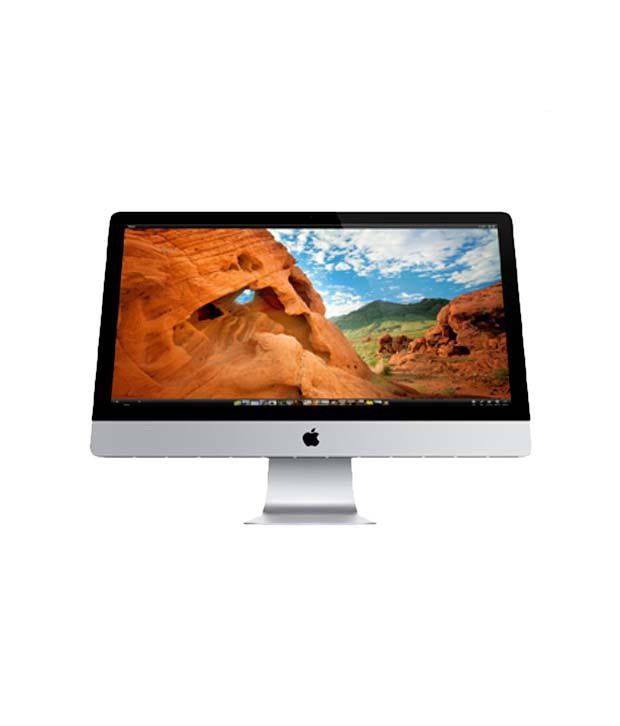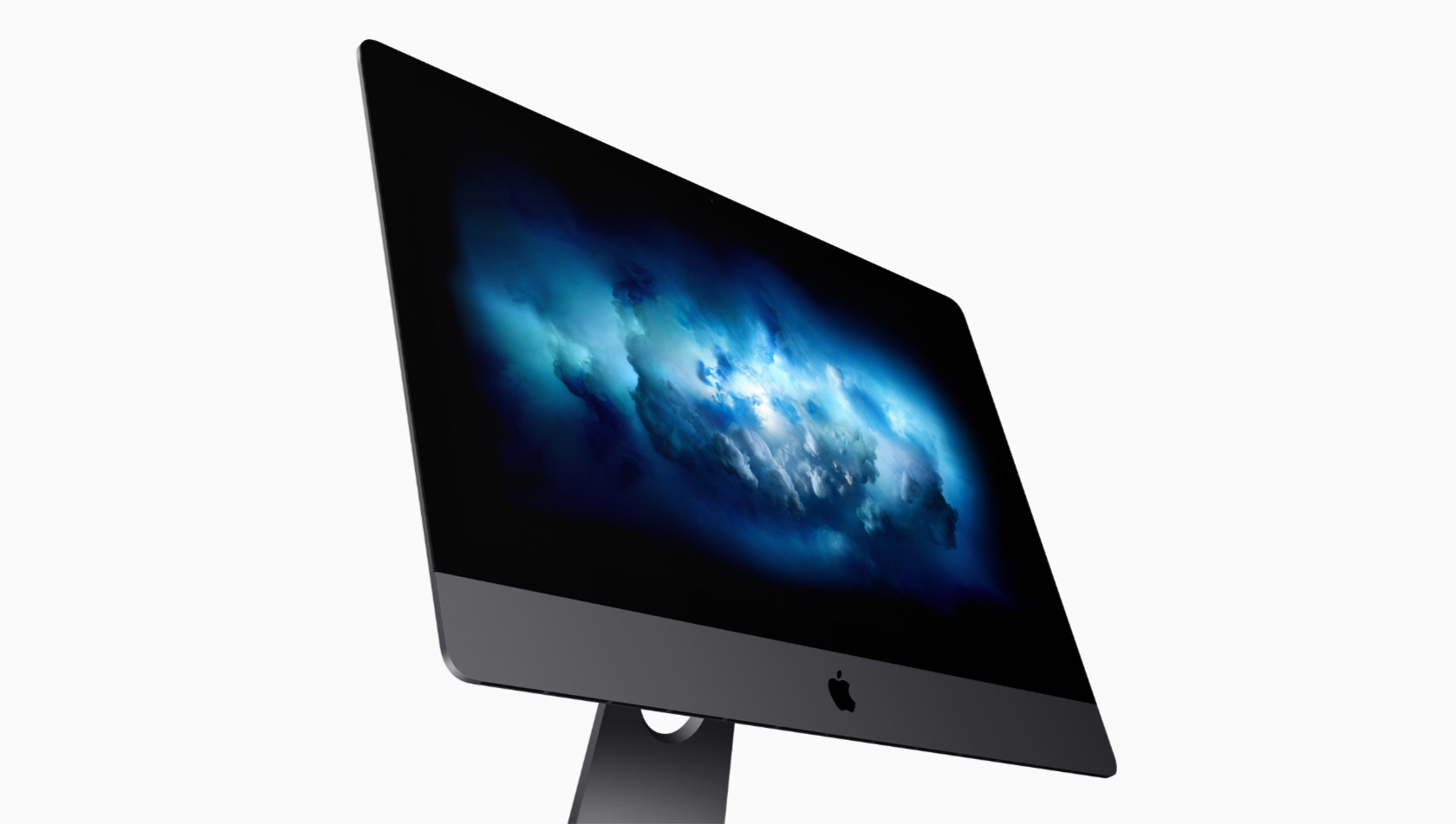

On Mac OSX profiles are located at one of the following two locations:
#Imac display profile driver
These generally are not set as a system defaults, but are used at the application or driver level. Printer and scanner profiles live in the same directory but typically will have names describing different paper settings for the printer or perhaps one for prints and one for transparencies for the scanner. Some applications will also store profiles in separate locations. It is quite common to have several profiles in the system, only one of which is being used at any one time. Profiles from X-Rite products are automatically saved to the proper location, and, in the case of monitor profiles, set as the system default. Some applications will store them in other locations as well. In order for the operating system and applications to access and use profiles available, they must be stored in the correct default locations.

Where do Profiles live, ICC Profile Locations on Mac and PC Operating Systems ICC Profile Locations on Mac and PC Operating Systems
#Imac display profile upgrade

This may occur even when using USB Type-C or DisplayPort conversion cables on Mac computers with an Apple M1 series chip and macOS Big Sur 11.6.1 or earlier. When using HDMI on a Mac computer, the signal from the Mac computer may change to YUV Limited Range and banding may occur. The Mac supports a maximum of four external monitors, regardless of connection type. The Mac supports a maximum of two external monitors, regardless of connection type. Connecting a second monitor to a different Thunderbolt 3 port will only display on one monitor.

The Mac only supports one external monitor via Thunderbolt 3 port. Mac computers with an Apple M1 series Chip have the following display limitations.Īll monitors, including other company's monitors EIZO conducted a compatibility test with Apple M1 Max chip.


 0 kommentar(er)
0 kommentar(er)
